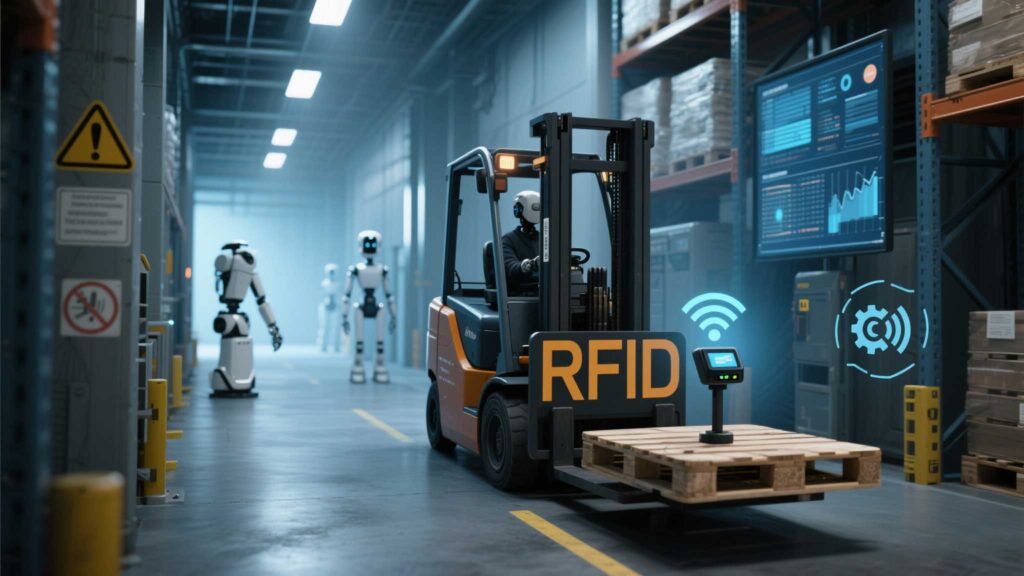What Are the Practical Benefits of RFID in Supply Chain Management?
229Discover how RFID in supply chain management boosts visibility, reduces errors, and cuts costs. Practical implementation guide with Cykeo solutions.
MoreAll RFID Product
Fixed RFID Reader are revolutionizing warehouse automation by enabling real-time inventory tracking, reducing errors, and speeding up order fulfillment. The best systems combine long-range scanning, durability, and seamless integration with warehouse management software (WMS). Below, we explore critical features, use cases, and how to choose RFID readers that align with your automation goals.

Cykeo’s industrial readers, for example, integrate dual-antenna arrays and edge computing to preprocess data, reducing latency in high-speed sorting systems.
A 3PL provider using Cykeo’s RFID system reduced mislabeled shipments by 75% and cut order processing time by 40%.
Cykeo’s RFID systems are engineered for large-scale logistics, featuring cloud-native dashboards and predictive maintenance tools. Their readers are tested in e-commerce mega-warehouses, ensuring reliability in peak-demand scenarios like Black Friday or holiday rushes.
Discover how RFID in supply chain management boosts visibility, reduces errors, and cuts costs. Practical implementation guide with Cykeo solutions.
MoreAs technology advances rapidly, the concept of smart cities has garnered increasing attention. Among the key technologies enabling smart city development, Radio Frequency Identification (RFID) plays a pivotal role in boosting urban effici...
MoreAs global energy demand continues to rise and energy structures evolve, smart grids and energy management have become pivotal focuses in the energy sector. RFID (Radio Frequency Identification) technology, as an advanced information techn...
MoreDiscover how RFID readers transform healthcare with real-time tracking, patient safety, and operational efficiency. Explore Cykeo’s cutting-edge RFID solutions for medical settings.
More